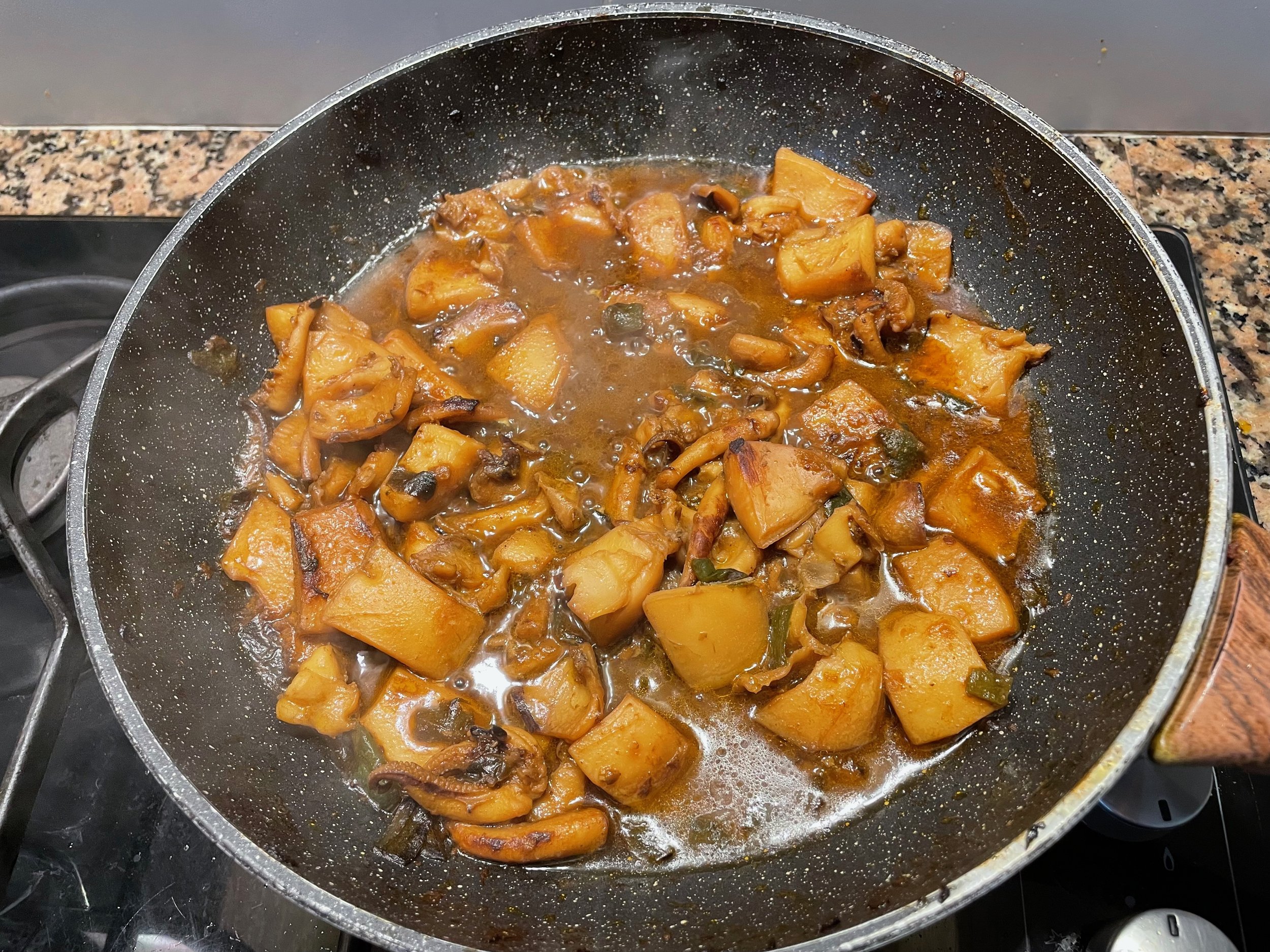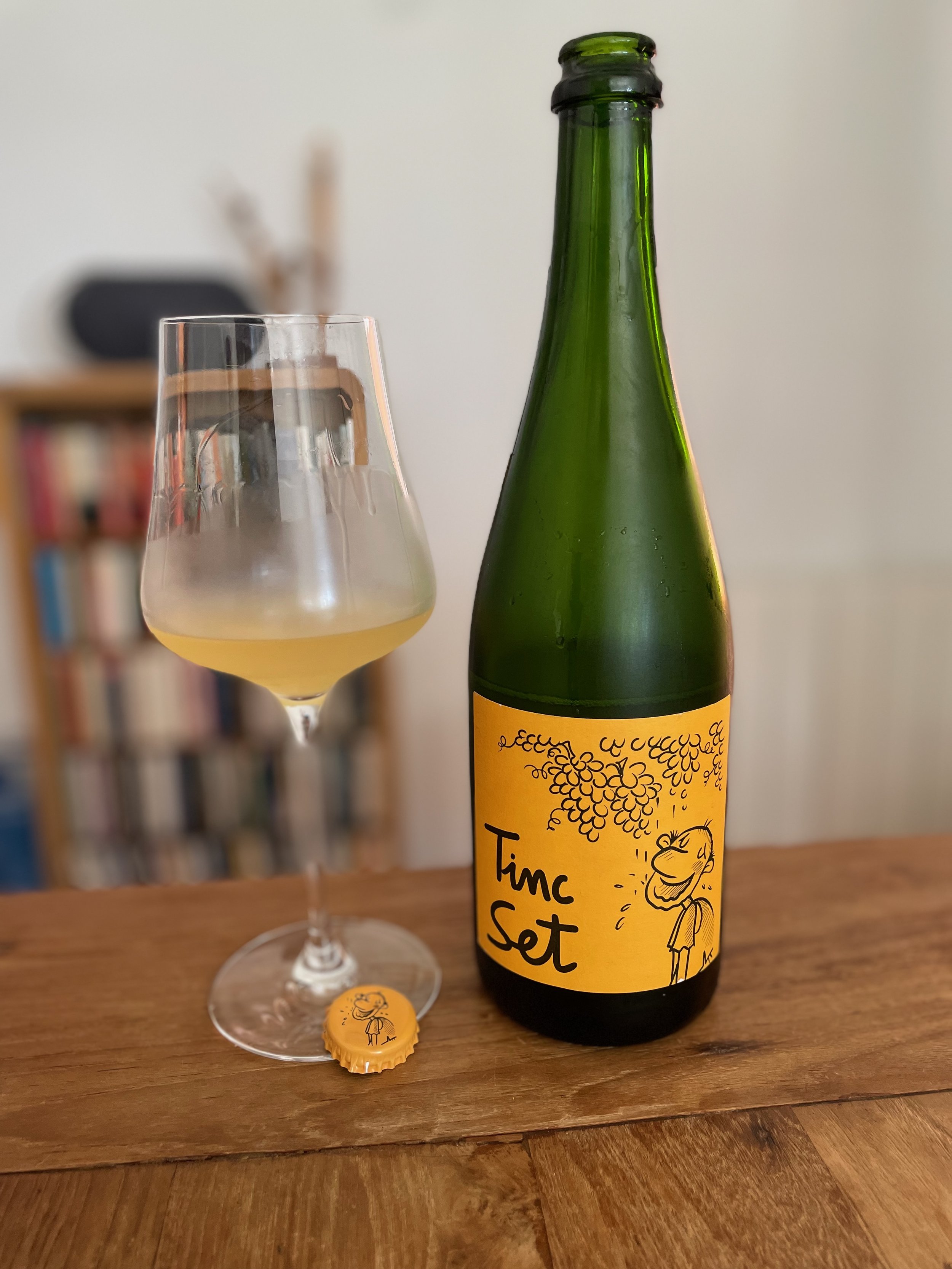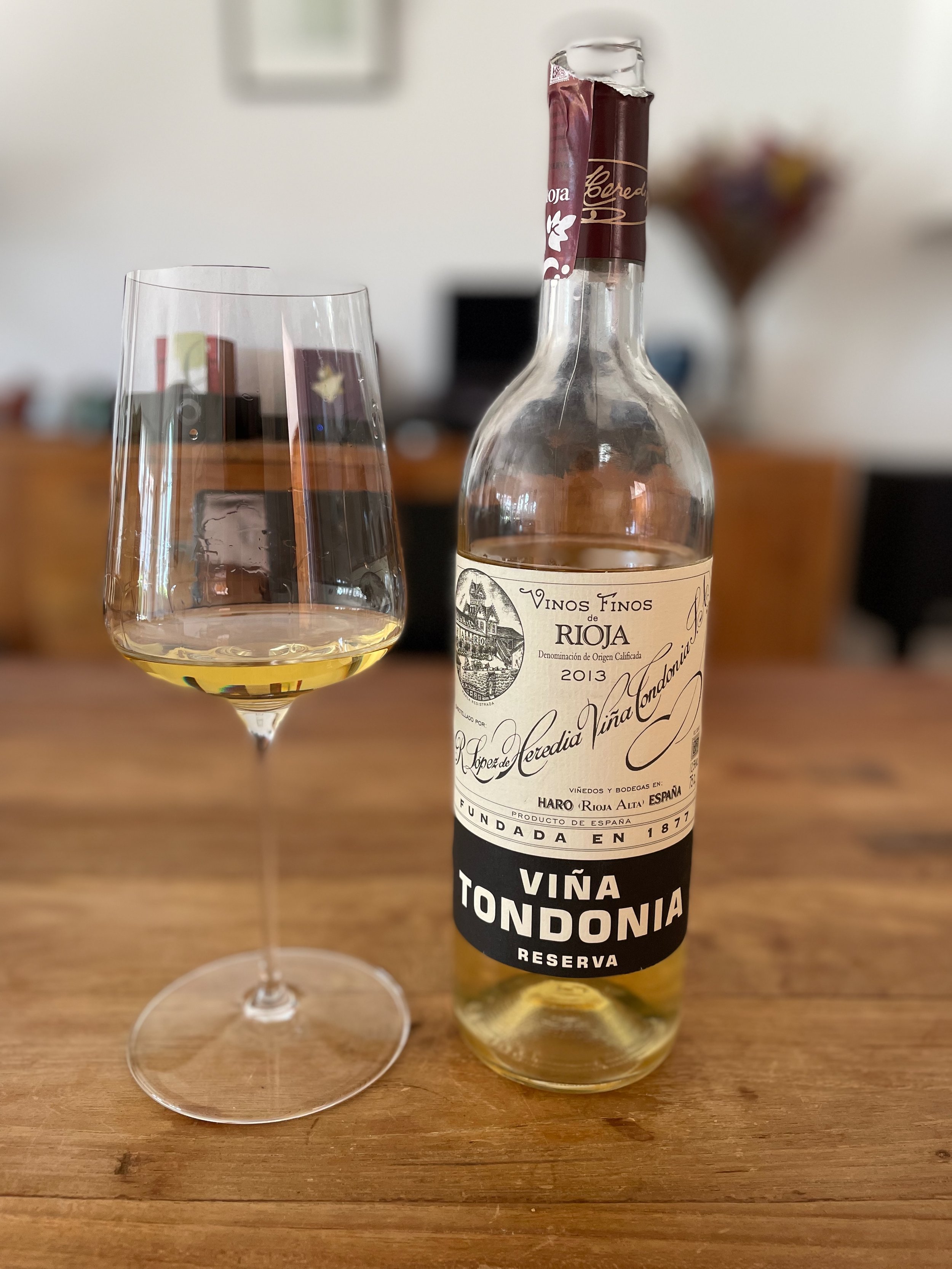On wine, food and friends
As spring unfurls across the Garraf, Alan Nance offers up a recipe for communion with others
No-one put it better than the French wine merchant and writer, André Simon: "Food without wine is a corpse. Wine without food is a ghost. United and well matched, they are as body and soul, living partners".
Yet there is, I think, a third element that is required if food and wine are truly to become a living, soulful experience: the company of others, of our companions in this life.
A lot has been written about pairing wine with food, some of it insightful, much of it predictable and overly prescriptive. While creatures from the sea generally marry well with white wine, and certain cheeses are at home with red, it's by no means a done deal. Our Galician correspondent in the Spanish Wine Collective, Adrian McManus, could wax lyrical, I'm sure, about the joys of pairing seafood with a Galician red made from Caiño or Espadeiro. And what else would you want to drink with aged Comté cheese than a Chardonnay from the Jura. As the old adage says: what grows together, goes together.
Aged Comté, served with a glass of Jura Chardonnay.
There is also, of course, the question of pairing wine and food with the guests at our table. People have different tastes, and more importantly, different degrees of curiosity. Many people know what they like and are not interested in being led down a different path. One of my closest friends loves nothing better than an oaky twist of vanilla in his red wine, whereas this, for my palate, is almost tantamount to a fault – in the wine, that is, not in my friend, who simply has different tastes to me.
It all gets much easier when the person coming for lunch is a wine geek who has requested a specific dish be made for her to try. Over the years, Paloma, my companion in all that is good in life, has perfected the art of making arròs negre (lit. black rice), to such an extent that I can no longer order this traditional Catalan dish in a restaurant as I know I am destined to be disappointed.
So when word of Paloma's prowess reached our friend Mary (who recently contributed a piece to this very website), she wasted no time in booking a place at our table. A date was set, and on that day, Paloma and I headed off first thing to the fish market in nearby Vilanova i la Geltrú. There, among other delights, we bought two plump cuttlefish, both of which came with an intact ink sac.
Cuttlefish ink sacs, the source of an essential ingredient in arròs negre..
Back in the kitchen, I set about making a fish stock (tip: always keep a fresh fish head or two in your freezer), and then the aïoli that it is essential to serve with arròs negre.
Technically not an aïoli, as it contains egg yolk in addition to the crushed garlic, pinch of salt and the extra virgin olive oil that is drizzled in until the desired consistency is achieved. The use of a pestle and mortar is, however, sacrosanct in my book.
Meanwhile, Paloma set about making a sofritto of finely chopped onion and green pepper, and then added the now diced cuttlefish to the pan. After a quick sauté, in went the contents of the cuttlefish spleen (which gives depth and intensity to the dish), followed by just enough fish stock to barely cover the pieces of cephalopod, which were now left to simmer on a low heat (pan covered) for up to 45 minutes.
Diced cuttlefish during the simmering stage. The rich colour is produced by the spleen contents. The next step involves popping open the ink sacs and blending their contents into hot fish stock, the mixture being added to the pan before the rice is stirred in for the final stage.
If our appetite was building from the kitchen aromas, then Mary also made her intentions clear with the wine she brought as a contribution to lunch. Made by Ramón Jané, in a side project to his work with Mas Candí, Tinc Set (Catalan for I'm thirsty) is a genuine thirst quencher and a perfect way to kick off proceedings on a sunny, early spring day.
A blend of the classic Catalan trio of Macabeu, Xarel·lo and Parellada, from vines planted on the edge of the Massís del Garraf, this is an unsulfited and slightly cloudy pét-nat with fine bubbles. While there are hints of orchard fruits on the nose and palate, for me it's all about the texture, the saline chewiness that keeps you coming back for more (which you can readily do, as it's just 11% ABV).
As another glass was poured, Paloma brought to the table a starter of locally caught shellfish that had caught our eye earlier that morning in the fish market, and which now she had simply griddled on a high heat with a splash of oil and a good sprinkling of salt.
Gamba roja (Aristeus antennatus, red prawn) and escamarlà (Nephrops norvegicus,often called Dublin Bay prawn in English, although it is actually a small, slim lobster).
It was soon time for the main event, so Paloma returned to the kitchen to keep an eye on the simmering rice. Meanwhile, I went to the fridge and grabbed a wine that I was keen to uncork. I had no idea whether it would marry well with the dish that was soon to arrive, not least as I had never tasted the wine in question. I had chosen it, however, for the guest at our table. For just as we are drawn to wines by the stories they have to tell (the grape varieties and location of vines, the philosophy and striving of the vigneron…), there are shared stories with friends that can guide our wine choices.
A few months back, Mary had turned up for lunch armed with a red wine that she had had knocking around for ages, a Viña Tondonia Reserva 2004. Twenty years on, the wine limped into the world, but it really settled into life after decanting and a bit of time, and it was remarkably fresh for its age. Now, in a bid to return the compliment, I had got my hands on a wine from the same producer that is much more difficult to nab in the wild (other than on restaurant wine lists): a white Tondonia Reserva, in this case from the 2013 release.
As a segue from the pét-nat we had just downed, this was quite a leap. With one pop of a cork, we were travelling from a gluggable wine that sings a simple song of the Garraf to a rich and complex white Rioja made by a bodega of emblematic status in the history of Spanish wine.
Made mostly from Viura (aka Macabeu) with around 10% Malvasia, the Tondonia Blanco is an intense and opulent wine, nutty on the nose and full of citrus peel and beeswax on the palate, all offset with a zing of acidity that belies its age. It is without doubt a wine to savour at leisure, and it needed time to unfurl, becoming more balanced overall the following day (I was glad to have saved a little to see where it was at).
Was the Tondonia an ideal match for the arròs negre? Were they, in the words of André Simon, living partners, body and soul? The answer, ultimately, will come down to individual tastes, although my own view is that with wine and food this good, you really can't go wrong. And that is the only prescription I would offer: cook your own food, drink something fine, and do it all in the company of others.
The star of the show, about to be served.








